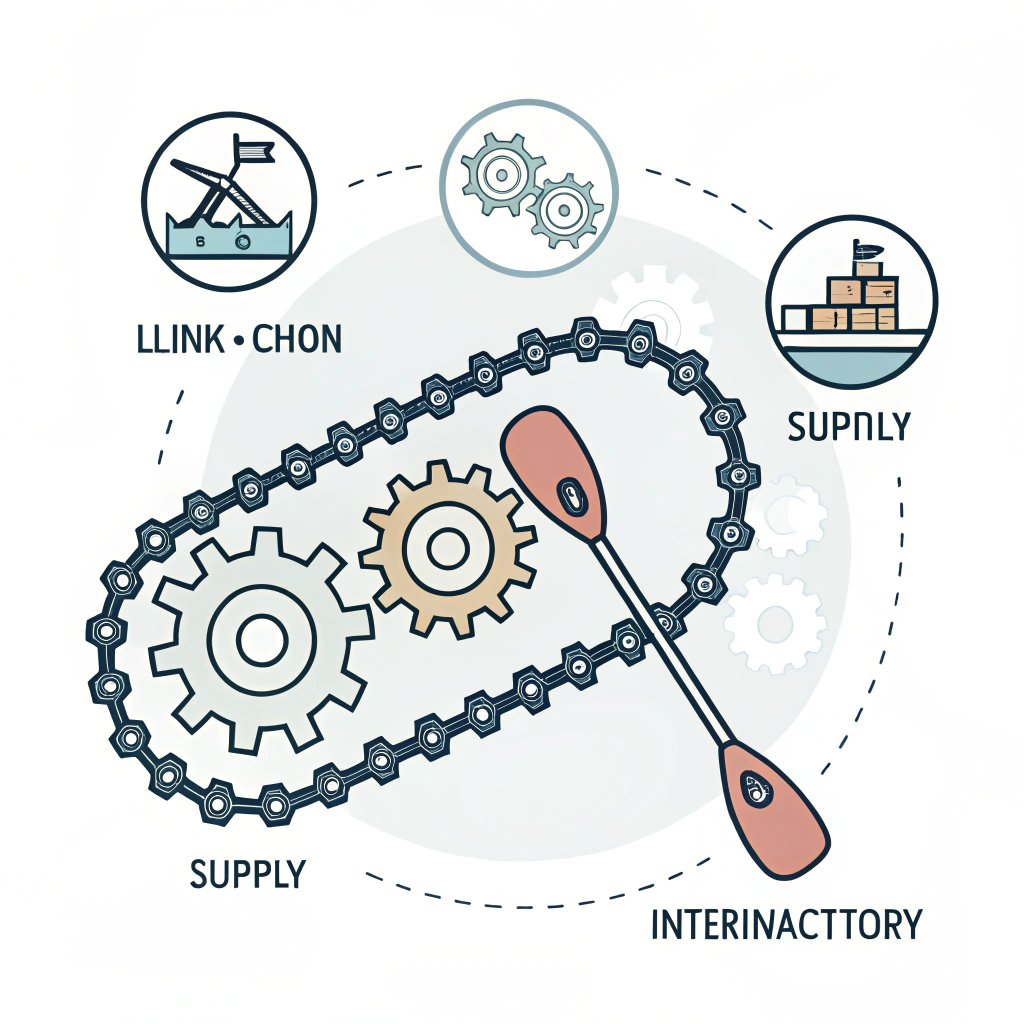Pickleball’s long-term viability is driven by a winning combination of growing consumer interest, innovative production technologies, and stable supply chain practices adopted by leading manufacturers like NEX Pickleball. This article quickly explains how these factors are converging to make pickleball a sustainable market opportunity, particularly for B2B partners seeking reliable suppliers and proven production expertise.
With the sport’s increasing popularity, ensuring long-term success in the pickleball market becomes crucial for distributors, equipment buyers, and procurement managers. The market is evolving due to a growing player base that spans all ages and fitness levels. However, the key to sustainable success is not just the sport’s inherent appeal—it lies in how suppliers adapt production methods, embrace innovation, and maintain quality.
- Low Barrier to Entry: Pickleball is accessible due to its short learning curve, lower startup costs, and smaller court sizes. Such features attract a diverse audience.
- Growing Enthusiasm Across Demographics: The sport’s simplicity appeals to beginners and seasoned players alike, ensuring steady demand.
- Innovation in Equipment: Suppliers like NEX Pickleball invest in advanced manufacturing processes (hot pressing1, cold pressing2, and thermoforming3) to deliver paddles that meet both performance and durability requirements.
An essential aspect for long-term viability is the optimization of the supply chain coupled with state-of-the-art production processes. NEX Pickleball’s dedication to high performance and quality control ensures that every paddle meets the demands of competitive play and recreational use alike. The company leverages various methods to balance quality and production efficiency.
Below is a detailed table that summarizes the three main production technologies used in paddle manufacturing:
| Production Process | Advantages | Disadvantages |
|---|---|---|
| Hot Pressing | - High production efficiency suitable for large-scale manufacturing - Excellent impact resistance and structural strength |
- Potential alteration of material feel - Requires high investment in equipment |
| Cold Pressing | - Precise control over thickness and structure - Maintains material properties, resulting in superior ball feel |
- Longer production cycles - Demands high-quality pressure control |
| Thermoforming | - Enables intricate designs and precise material distribution - Maintains paddle stability for enhanced performance |
- Longer production time - Higher equipment and material costs |
This detailed comparative study helps B2B professionals analyze the operational choices that lead to reliable and innovative products. By embracing these advanced processes, NEX Pickleball ensures their paddles are resilient, offering both comfort and precision on the court.
The physical components of the paddles are just as important as the production methods. At NEX Pickleball, material innovation plays a critical role in defining product performance and durability.
-
Carbon Fiber Variants:
- 3K Carbon Fiber provides flexibility and durability, ensuring a high rebound force.
- 12K Carbon Fiber offers a smoother surface and higher impact resistance suitable for competitive play.
- T300 Carbon Fiber is recognized for its tensile strength, achieving a balance between strength and light weight.
-
Fiberglass: Specifically, E-Glass Fiberglass is used to create paddles with a generous sweet spot, superior elasticity, and enhanced ball control.
-
Composite Materials4: These combine multiple components, such as carbon fiber with fiberglass or even bamboo cores, to produce paddles that deliver excellent power and control without compromising on flexibility.
-
Core Materials: The choice between Nomex Honeycomb Core5, Aluminum Honeycomb Core, and Polymer Honeycomb Core influences the paddle’s vibration absorption and balance. Each type addresses different needs depending on whether durability, power, or comfort is prioritized.
The combination of these materials, along with the advanced production processes, ensures that paddles not only meet high-performance standards but are also tailored to the specific needs of different players and market segments.
Sustainability in the pickleball market stems from managing both production innovation and supply chain efficiency. B2B professionals must consider long-term sustainability by partnering with suppliers who embrace technological advances and rigorous quality control. NEX Pickleball’s unwavering commitment to these factors supports market stability and positions them favorably within a competitive landscape.
- Quality Control and Testing: Every paddle undergoes rigorous testing to confirm its strength, flexibility, and performance. This ensures that distributors receive products that meet industry standards and end-user expectations.
- Custom Solutions: Offering customization in design, weight, balance, and grip sizes is essential for targeting diverse market segments—from recreational clubs to professional teams.
- Reliable Production Timelines: Efficient on-demand print services and advanced production processes mean that supply chains remain robust and adaptable to fluctuations in demand.
Collectively, these factors help partners mitigate risks associated with product variability and supply chain disruptions.
For B2B professionals evaluating the long-term prospects of investing in or expanding pickleball product lines, several strategic points must be assessed:
-
Long-Term Market Demand: The growth in pickleball popularity suggests a sustained increase in demand. The sport appeals to a broad demographic, ensuring a steady market flow. When analyzing product investments, it is important to consider consumer behavior trends and emerging recreational interests.
-
Technological Advancements and Manufacturing Trends: As manufacturers innovate with processes like thermoforming and cold pressing, the quality and diversity of products will further improve. These innovations are key to maintaining competitive differentiation.
-
Supply Chain Resilience: With an ever-changing global market, a robust supply chain is critical. Partners should look for suppliers with reliable production capabilities, proven testing protocols, and the ability to offer custom solutions.
-
Cost Factors vs. Longevity: Investment decisions should balance upfront costs with long-term product durability and market demand. While advanced materials and production technologies might incur higher initial investments, they provide significant benefits in terms of product performance and customer satisfaction.
For procurement managers and sports equipment buyers, the path forward involves leveraging these insights to make informed decisions:
-
Evaluate Supplier Capabilities: Choose suppliers with a proven record in blending innovation with quality control. Verify that production processes align with your market’s demand for high-performance, durable products.
-
Embrace Customization: Customization not only meets consumer preferences but also differentiates your product chains in a competitive market. Consider suppliers like NEX Pickleball who offer a range of customizable options.
-
Plan for the Future: Keep an eye on emerging trends in materials and production methods. Prioritize products that integrate modern composite materials and advanced production techniques, which promise long-term resilience and market appeal.
-
Integrate Data-Driven Decision Making: Use industry data and trend analysis to guide procurement strategies. By combining data with supplier insights, businesses can better forecast demand and optimize supply chain practices.
| Strategic Consideration | Actionable Insight |
|---|---|
| Supplier Capabilities | Partner with suppliers using advanced manufacturing processes |
| Customization Opportunities | Select suppliers offering customizable paddle options |
| Market Forecasting | Utilize data analytics for demand forecasting and trend analysis |
| Cost-Benefit Alignment | Evaluate long-term durability against upfront production investments |
| Ongoing Innovation | Monitor evolving production methods and material technologies |
Implementing these best practices ensures that businesses remain agile and competitive in the evolving sports equipment market. Proactive engagement with technology-driven suppliers will allow companies to anticipate market changes and prepare for future growth.
The pickleball market is not just a fleeting trend—it is set for long-term growth backed by widespread consumer interest and continuous innovation in production and materials. Suppliers like NEX Pickleball are at the forefront, blending advanced production techniques with robust supply chain management to deliver products that meet the ever-demanding standards of today’s athletes.
For B2B professionals, understanding these dynamics is essential. By focusing on quality, customization, and technological innovation, you can secure a competitive advantage in the sports equipment industry. As you evaluate your procurement strategies, consider the long-term benefits of partnering with a supplier that shares your commitment to excellence and sustainability.
Investing in a future-proof supply chain is not only about keeping pace with market trends now—it is about positioning your business to thrive as the pickleball phenomenon continues to evolve.
-
Why is pickleball booming?
Pickleball is booming because it has a short learning curve, appeals to all age groups and fitness levels, and requires a low startup cost. Its design features, like a smaller court and lower net, make it accessible and enjoyable, contributing to its rapid rise in popularity. -
What is the marketing strategy of pickleball?
Effective pickleball marketing harnesses both digital and traditional platforms. Strategies include utilizing Google Ads to target high-intent audiences and leveraging social media ads on platforms such as Facebook, Instagram, and YouTube. These combined efforts help reach a broad spectrum of pickleball enthusiasts. -
What is the pickleball business model?
The pickleball business model centers around a variety of revenue streams including court reservations, membership subscriptions, coaching, clinics, and programming. Companies and clubs create environments that cater to both professional and casual players, ensuring a steady flow of revenue through diverse pickleball-related activities.
-
hot pressing: Click to learn how this high-efficiency production method uses heat and pressure to mold materials quickly, making it ideal for large-scale manufacturing while ensuring product durability. ↩ ↩
-
cold pressing: Click to explore the precision of cold pressing, a technique that maintains material properties and offers superior control over thickness and structure, commonly used in specialized manufacturing processes. ↩ ↩
-
thermoforming: Click to understand thermoforming—a process that heats and forms materials into intricate shapes for enhanced product design and stability, widely applied in advanced manufacturing. ↩ ↩
-
Composite Materials: Click to read about composite materials, which combine different substances to achieve improved strength, durability, and performance, crucial for innovative product development in competitive industries. ↩ ↩
-
Nomex Honeycomb Core: Click to discover Nomex Honeycomb Core technology, a lightweight yet strong material used to absorb vibration and optimize balance in high-performance products, significant for strategic material selection. ↩ ↩







